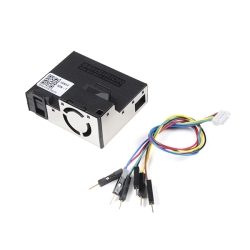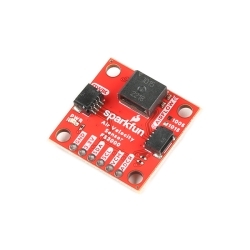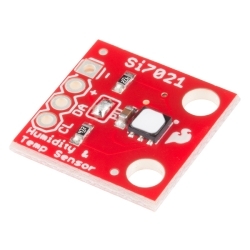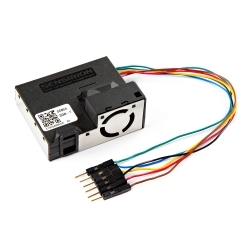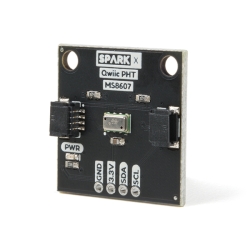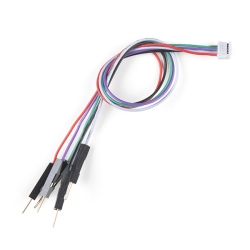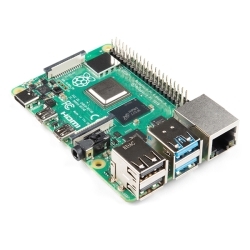Particulate Matter Sensor - SPS30
Helpful Documentation
Product Overview
The Sensirion Particulate Matter Sensor SPS30 is a compact, high quality, optical particle sensor that uses laser scattering and Sensirion's innovative contamination resistance technology to achieve superior binning and particle measurement. This sensor allows users to measure mass concentration and number of particles of 1 µg/m^3, 2.5 µg/m^3, 4 µg/m^3, and 10 µg/m^3.
The compact form factor, measuring just under 41mm x 41mm x 12mm, combined with a sensor lifetime over 8 years and a self cleaning procedure, makes the SPS30 the perfect sensor for projects in difficult to access locations. We've designed and included an easy to use 5-pin cable to make using the SPS30 a snap. The 1.5mm connector is broken out to 5 breadboard friendly wires color coded to make hooking up the SPS30 easy.
The SPS30 has a five pin interface that can communicate over two different protocols: UART and I2C. The SPS30 requires a 5V power supply, but can work with 3.3V and 5V microcontrollers. The logic is 5V and 3.3V tolerant.
Sensirion has written drivers for both the UART protocol and I2C. Unfortunately we've found the I2C is limited to only mass concentrations (not number concentrations) using the Arduino platform. So if you plan to use this sensor with an Arduino, use the UART interface. Both interfaces are described in their datasheet.
Documentation
- Sensirion SPS30 Datasheet
- Design-In Guide
- Low Power Operation App Note
- Sensirion UART driver
- Sensirion I2C driver (not fully compatible with Arduino but works for half the data readings)
Customer Reviews

Stock and Customer Discounts
Available Discounts
- $50.30 | 10+ units
- $47.66 | 25+ units
- $45.01 | 100+ units

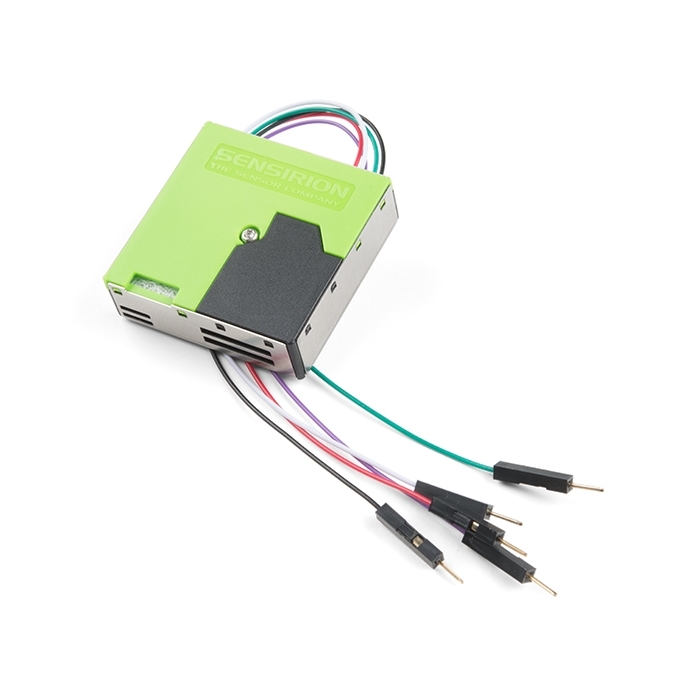
 Datasheet (SPS30)
Datasheet (SPS30)